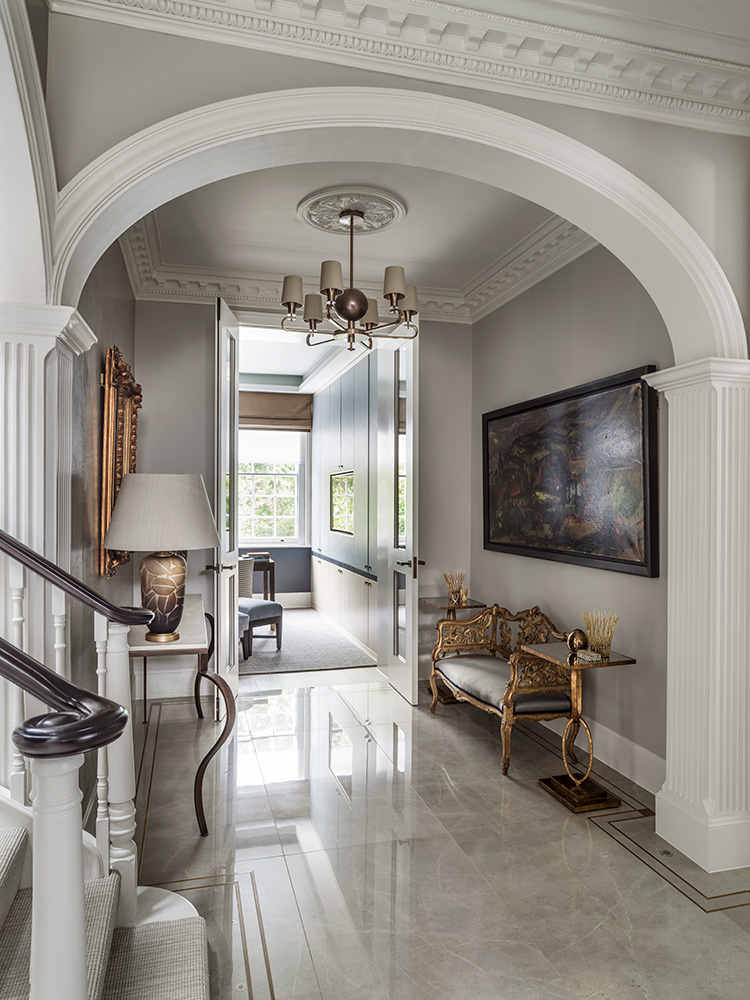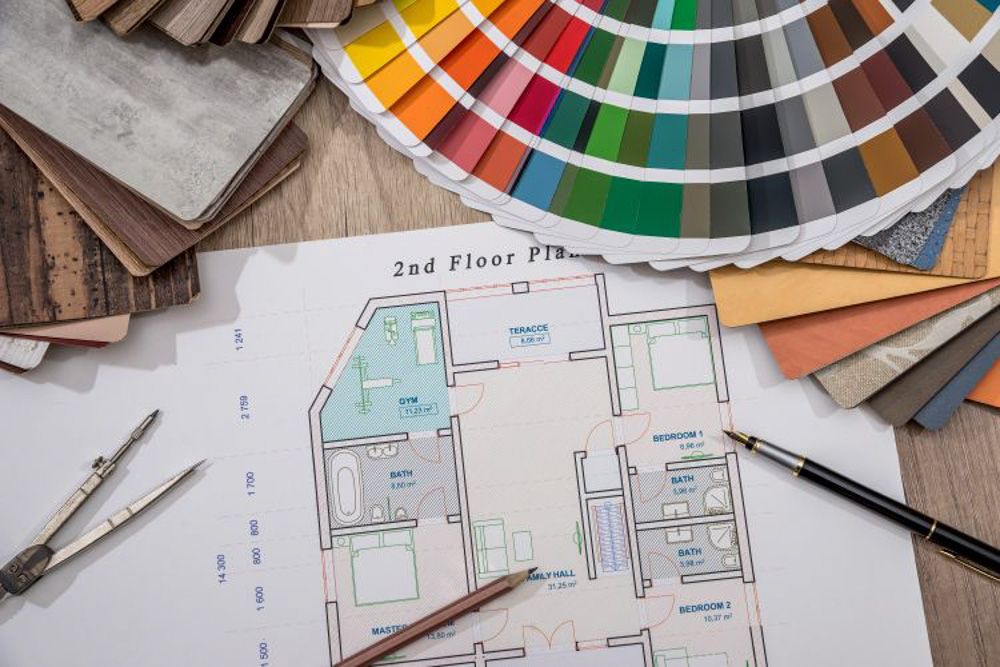Elevate Your Home with a Skilled Winchester Design Specialist Near You
The Art of Equilibrium: Exactly How Interior Design and Home Architect Collaborate for Stunning Outcomes
In the world of home style, striking an equilibrium between aesthetics and functionality is no tiny accomplishment. This delicate equilibrium is achieved with the harmonious partnership in between indoor designers and architects, each bringing their special experience to the table. The outcome? Areas that are not only aesthetically sensational however also incredibly livable. This ideal mix is not constantly simple to achieve. Remain with us as we check out the complexities of this joint process and its transformative influence on home style.
Comprehending the Core Differences Between Interior Decoration and Home Design
While both Interior Design and home design play essential functions in developing aesthetically pleasing and practical rooms, they are inherently various techniques. Home style primarily focuses on the architectural aspects of the home, such as constructing codes, safety and security policies, and the physical construction of the area. It manages the 'bones' of the framework, working with spatial dimensions, bearing walls, and roof styles. On the various other hand, Interior Design is more concerned with improving the sensory and aesthetic experience within that structure. It involves picking and preparing furnishings, choosing color design, and incorporating decorative elements. While they work in tandem, their functions, obligations, and areas of know-how deviate significantly in the development of an unified home setting.
The Harmony In Between Home Style and Interior Decoration
The synergy between home architecture and Interior Design depends on a common vision of style and the enhancement of practical aesthetic appeals. When these two fields straighten sympathetically, they can change a home from average to phenomenal. This cooperation needs a deeper understanding of each discipline's concepts and the capacity to produce a cohesive, aesthetically pleasing setting.
Unifying Style Vision
Linking the vision for home architecture and indoor design can produce an unified living space that is both practical and cosmetically pleasing. It promotes a synergistic technique where building aspects enhance interior layout components and vice versa. Hence, unifying the design vision is important in mixing style and indoor layout for stunning outcomes.
Enhancing Useful Visual Appeals
Just how does the synergy between home style and Interior Design enhance functional looks? This harmony enables the development of rooms that are not just visually appealing however additionally pleasantly usable. Architects lay the foundation with their architectural style, guaranteeing that the space is useful and effective. The indoor developer after that enhances this with carefully chosen elements that enhance the aesthetic appeals without jeopardizing the performance. This harmonious collaboration can result in homes that are both livable and stunning. A designer might develop a house with huge home windows and high ceilings. The interior designer can after that emphasize these functions with tall plants and sheer drapes, respectively, thus enhancing the aesthetic allure while keeping the functional benefits of natural light and space.
Importance of Cooperation in Creating Balanced Spaces
The partnership between indoor designers and engineers is essential in creating well balanced spaces. It brings harmony in between layout and architecture, offering birth to areas that are not just cosmetically pleasing but likewise useful. Checking out effective collaborative methods can provide insights right into just how this synergy can be efficiently attained.
Harmonizing Style and Style
Balance, a necessary facet of both Interior Design and style, can just really be accomplished when these 2 areas work in harmony. This consistency is not just a visual factor to consider; it affects the performance, durability, and eventually, the livability of a room. Interior architects and designers should recognize each other's functions, value their experience, and communicate properly. They have to take into consideration the interaction of structural aspects with decoration, the circulation of rooms, and the effect of light and shade. Continued This collective process leads to a natural, well balanced design where every component contributes and has a purpose to the general visual. Integrating design and style is not simply regarding producing lovely rooms, however about crafting spaces that work flawlessly for their inhabitants.
Successful Collective Techniques

Instance Researches: Successful Assimilation of Layout and Style
Analyzing numerous web study, it emerges how the successful assimilation of Interior Design and style can transform an area. The Glass House in Connecticut, renowned for its minimalistic style, is one such instance. Architect Philip Johnson and indoor designer Mies van der Rohe teamed up to produce a harmonious equilibrium between the structure and the inside, resulting in a smooth circulation from the exterior landscape to the internal living quarters. One more prototype is the Fallingwater House in Pennsylvania. Designer Frank Lloyd Wright and indoor designer Edgar Kaufmann Jr.'s collective efforts result in an amazingly distinct residence that blends with its natural environments. These study underscore the profound impact of a successful layout and architecture partnership.

Getting Rid Of Challenges in Layout and Style Collaboration
Despite the undeniable advantages of an effective partnership in between Interior Design and architecture, it is not without its difficulties. Communication concerns can occur, as both celebrations may make use of different terminologies, understandings, and techniques in their work. This can bring about misconceptions and hold-ups in project conclusion. Another significant challenge is the balancing act of aesthetics and capability. Engineers may prioritize architectural honesty and security, while developers concentrate on comfort and style. The combination of these purposes can be complex. In addition, budget plan and timeline constraints usually add pressure, possibly causing rifts in the partnership. Efficient interaction, shared understanding, and compromise are vital to overcome these difficulties and accomplish a harmonious and effective cooperation.

Future Trends: The Advancing Partnership In Between Home Architects and Inside Designers
As the world of home layout continues to evolve, so does the connection between designers and indoor developers. Conversely, interior designers are accepting technical click to investigate aspects, affecting total format and capability. The future promises a much more cohesive, ingenious, and adaptive approach to home layout, as engineers and designers continue to blur the lines, cultivating a connection that really symbolizes the art of balance.
Final thought
The art of balance in home layout is attained through the unified collaboration between indoor developers and architects. An understanding of each other's self-controls, effective interaction, and shared vision are vital in producing aesthetically stunning, useful, and welcoming rooms. Regardless of obstacles, this collaboration cultivates development and technology in design. As the relationship between home designers and indoor developers progresses, it will remain to shape future trends, enhancing convenience, performance, and individual expression in our space.
While both interior design and home style play important functions in producing aesthetically pleasing and useful rooms, they are inherently different self-controls.The harmony between home design and indoor style lies in a common vision of layout and the enhancement of functional aesthetics.Linking the vision for home architecture and interior layout can create an unified living space that is both functional and cosmetically pleasing. Therefore, unifying the design vision is critical in mixing architecture and indoor style for stunning outcomes.
How does the harmony in between home design and indoor design boost functional looks? (Winchester architect)